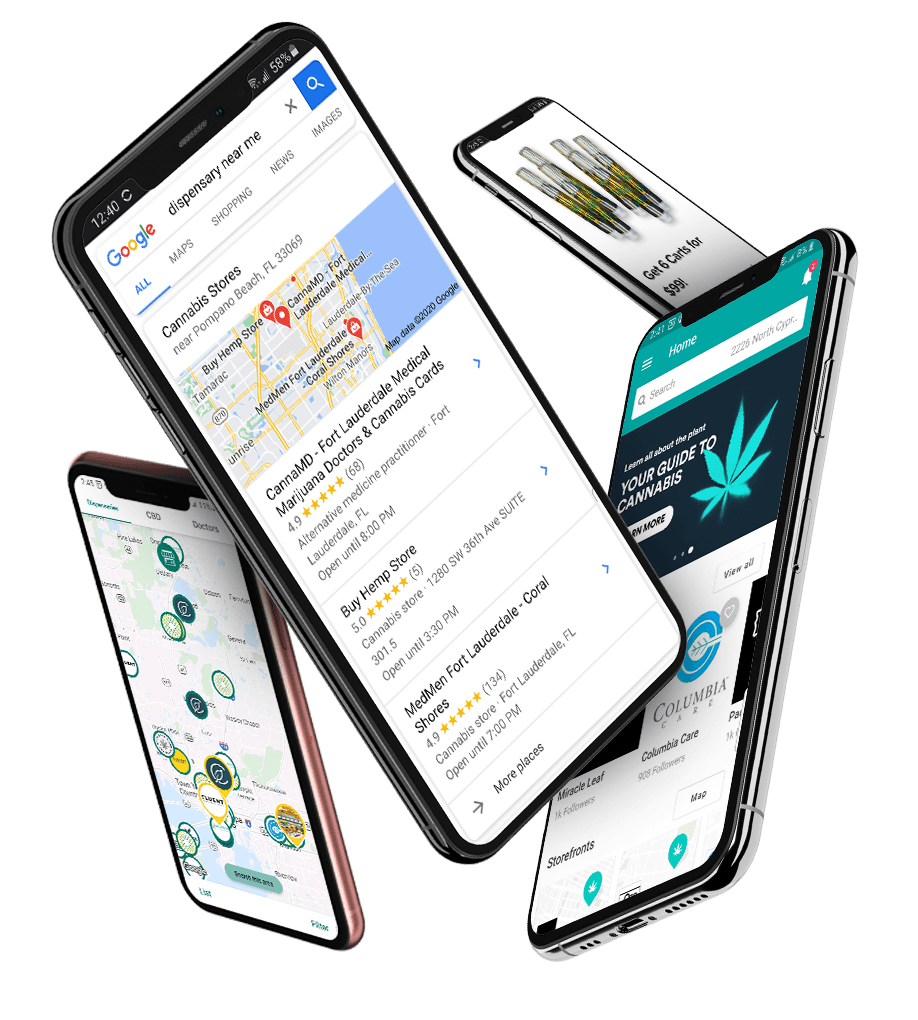Business Digital Marketing Checklist



The belief that having more websites generates more search traffic is a common misconception in digital marketing — one that proves especially costly for business owners and marketing managers. Avoiding it, though, is easy: By properly developing a local strategy, you can drive more qualified customers to each of your locations.
Local strategies are no industry secret, but properly implementing one goes beyond opening a Google My Business account. To understand a local strategy is to understand the true role of your website — to provide useful, relevant information to current and potential customers.
That knowledge proves even more important in today’s digital landscape, where search engines have altered their algorithms to prioritize quality over quantity. You can target each of your business from a single webpage, but you must provide user-friendly content to do so.

Your website will rank differently for different keywords based on how related they are to the content on your site. It’s important to note that each search engine uses a unique set of ranking factors; your website will rank differently for the same keywords across search engines.
Not only are your rankings affected by on-page content, they’re also impacted by external factors — also known as off-page SEO. Achieving top positioning for your go-to business-related keywords is a long process, but not an impossible one if you go local.
Local SEO refers to the process of optimizing your online presence to attract more business from relevant local searches. These searches take place across all search engines — not just Google. Bing, Yelp, and other websites play just as a big a part in a successful SEO strategy as Google does.
When compared to “regular” SEO, a local strategy is even more reliant on your tailoring your website to the search habits of your customers. That being said, strong “regular” SEO depends on several factors, both on-page and off.
It can work locally for any business’ site, if you focus on providing useful information to shoppers in your area. Combined with Google My Business, SEO can help you create a completely local experience that won’t just rank well — it’ll drive valuable traffic to your website and business.

Attracting new customers and patients to your business is a big challenge: Along with competitors, you also have to contend against short attention spans and a cultural ability to tune out ads. To combat this, you have to understand two fundamental marketing strategies — brand awareness and remarketing.
Brand Awareness is the image consumers have of your brand. It describes their familiarity with the distinct qualities that help your business stand out.
Also known as “retargeting,” this form of online advertising lets marketers show targeted ads to users who have already visited their website or engaged with their content.
When someone visits your website, interacts with your brand, or leaves items in their shopping cart, they pick up a tracking pixel. This piece of code follows the user across the internet, communicating with a retargeting platform or provider to display tailored ads.